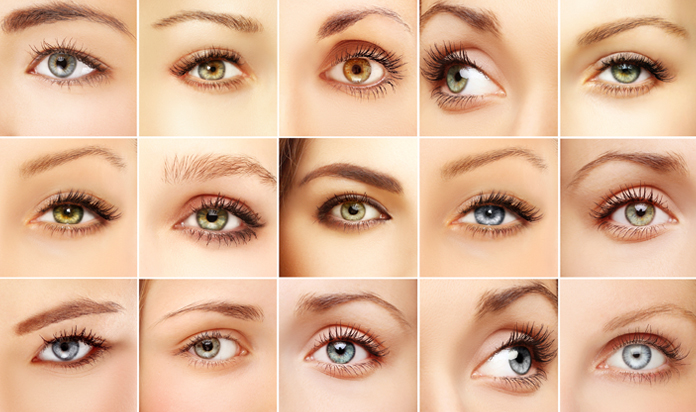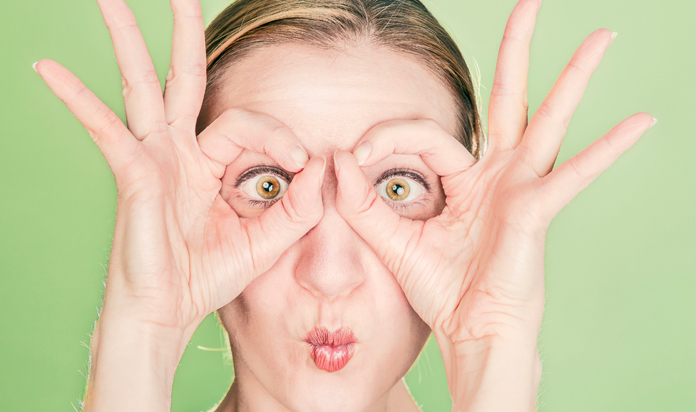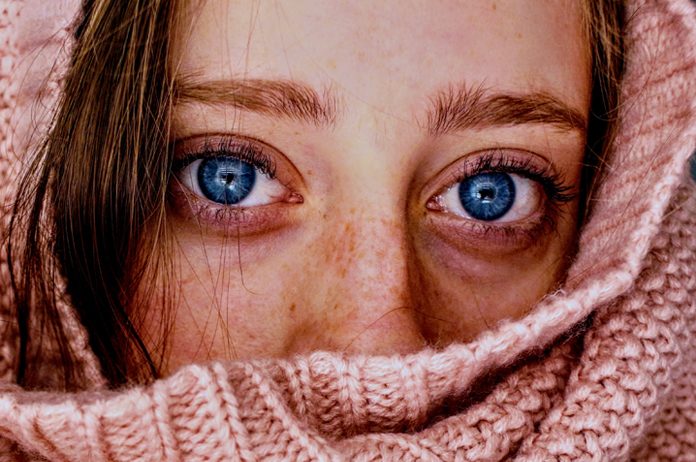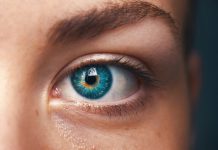Eyes are what captures attention. When you try to recall someone you met ages ago, their eyes are what you first remember. Have you ever given a thought to the variety of colours found in different eyes?
Like when you try to visualize a face or a person, it’s the colour of the eye that stands out. There are at least 5-7 different kinds of discernible colours while the rest I some effect of light.
The final colour of the eye is an effect of both lighting and melanin present in the iris. With the advent of contact lenses, it’s fascinating how genetics can be manipulated, even though temporarily.
Fashion and beauty had always exploited rare eye colours. More often than not, these industries, coupled with the entertainment industries, had always led the pack to display and promote different trends about makeup and beauty.
The lovely eye colours that you see all over billboards and social media is nothing but a clever mix of genetics, light and contact lenses.
How do Eye Colors Vary?
A pigment called melanin decides the trick. Absolutely no melanin in the iris causes blue eyes, while various melanin produces rare eye colours such as amber, green, etc. A thin tissue called stroma also affects the colour of the eyes.
Sometimes, sunlight and indoor lighting are all that it takes to bring out different shades of the iris. Genetics and geography have caused certain eye colours to be restricted in some parts of the world and defines the native population.
Melanin is a pigment that is not alone. There are pheomelanin and eumelanin, both having their unique colours.
While black and brown are some of the most common eye colours, it’s the dominant melanin and its play with light that decides finally.
Interestingly, the history of genetics says that the entire world population had just one eye colour, and later genetic mutations caused differences to arise.
How Does Light Play with Eyes?
Some of the rarest eye colours are produced by the interplay of light and the iris. The stroma lies between the two layers of the iris, and the melanin lies in the iris, except in cases of albinism where there’s no pigmentation at all.
Light and its effects depend on how the wavelengths of light affect the stroma. For example, shorter wavelengths affect the stroma in blue eyes, and therefore, the eyes seem blue.

Eye Colors and their Meaning and How they are Formed
Green Eyes
These eyes are extremely captivating and are the result of pheomelanin which is red or yellowish in colour. In combination with light, the eyes seem green. Around 89% of Icelandic women have green eyes, while 87% of Icelandic men have so.
Globally, about 2% of the population have green eyes, making it one of those rare eye colours.
Amber Eyes
Unlike hazel or brown eyes, amber has one yellowish shade. This colour is often reminiscent of wild tigers and is very attractive. They are also known as “wolf eyes”, as wolves also share this eye colour. This beautiful shade is an effect of high lipochrome and low melanin content.
Heterochromia
This rare genetic mutation results from different coloured irises, and in cases of complete heterochromia, the two irises are visibly different in colour. Such people have the rarest eye colour combinations.
Black Eyes
While the black eye colour might seem very common and available, how would you react if you knew black is actually brown? You read that right.
There are several opinions regarding the existence of black eyes. Some even go so far as to say jet black eyes don’t exist unless you’re a demon. In comparison, other experts believe that the iris’s brown rim is visible on closer inspection.
In case it’s a full white sclera and just the iris, then you are one of those scarce people with black eyes.
Blue Eyes
Such people have little or no melanin in the front layer of the iris, and hence the light entering gets scattered. One would think blue eyes have special reasons for being so. Ironic.
Silver Eyes
These are considered the rarest eye colours and usually a variant of blue eyes, resulting from low melanin presence. In this case, there’s a silvery-blue appearance that catches the attention immediately and might even appear to be very stone-cold.
Brown Eyes
While brown-eyed people are not really possessors of rare eye
Hazel Eyes
A fascinating and rare eye colour, hazel has a green-yellow tint due to a larger melanin concentration around the eye’s border. Now, combined with light, green, yellow, and brown tints are usually visible.

Eyes are the window to the world, and their beauty lies in those of the beholder. Certain sections of the population have eye colour patterns ranging from common to very rare and, finally, a disorder, such as albinism.
There’s no surgical procedure to change the colour of the eyes, but contact lenses come in handy to temporarily elicit the desired changes.






